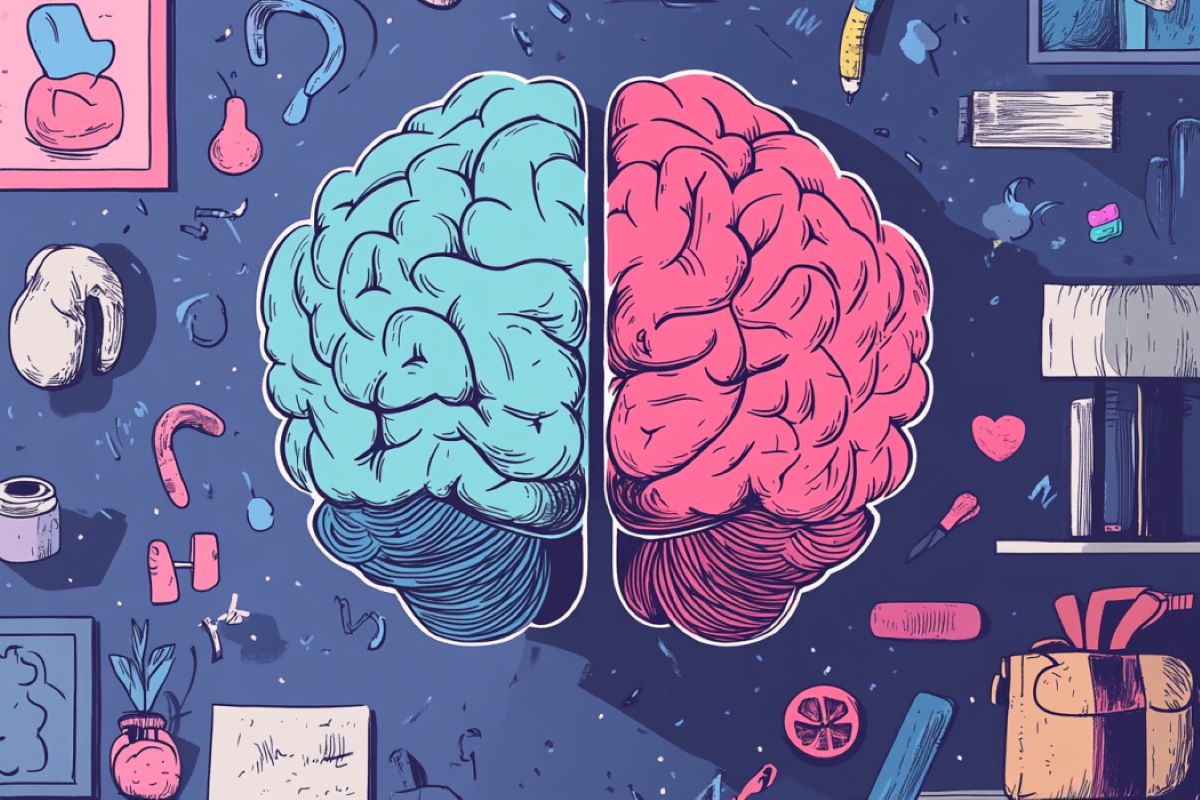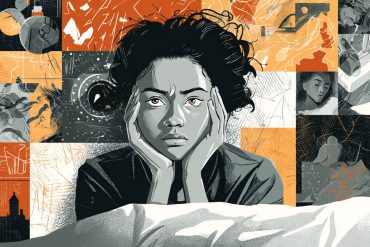Summary: Researchers have developed a framework for understanding and changing habits by leveraging the brain’s automatic and goal-directed systems. Habits form when automatic responses overpower conscious control, leading to both everyday action slips and compulsive behaviors.
The study identifies strategies like repetition, environmental adjustments, and implementation intentions to effectively make or break habits. These findings have implications for personal development, clinical treatments, and public health campaigns.
Key Facts:
- Habits are shaped by the balance between automatic responses and goal-directed control.
- Repetition and environmental changes can help form new habits or disrupt old ones.
- The research highlights strategies like if-then plans and clinical therapies for behavior change.
Source: TCD
Cognitive neuroscientists in Trinity College Dublin have published new research describing a brand new approach to making habit change achievable and lasting.
This innovative framework has the potential to significantly improve approaches to personal development, as well as the clinical treatment of compulsive disorders (for example obsessive compulsive disorder, addiction, and eating disorders).

The research was led by Dr Eike Buabang, Postdoctoral Research Fellow in the lab of Professor Claire Gillan in the School of Psychology and has been published as a paper, Leveraging cognitive neuroscience for making and breaking real-world habits, in the journal Trends in Cognitive Sciences.
Dr Buabang explains: “Habits play a central role in our daily lives, from making that first cup of coffee in the morning, to the route we take to work, and the routine we follow to prepare for bed.
“Our research reveals why these automatic behaviours are so powerful – and how we can harness our brain’s mechanisms to change them. We bring together decades of research from laboratory studies as well as research from real-world settings to get a picture of how habits work in the human brain.”
Our habits are shaped by two brain systems – one that triggers automatic responses to familiar cues and another that enables goal-directed control. So for example, scrolling through social media when you are bored is the result of automatic response system, and putting your phone away to focus on work is enabled by the goal-directed control brain system.
It is precisely the imbalance between these two brain systems that is key. The research found that such imbalance can lead to everyday action slips such as inadvertently entering an old password instead of the current one.
In more extreme cases, Professor Gillan’s research has shown that it can even contribute to compulsive behaviours seen in conditions such as obsessive compulsive disorder, substance use disorders, and eating disorders.
Habits happen when automatic responses outweigh our ability to consciously control them. Good and bad habits are two sides of the same coin—both arise when automatic responses overpower goal-directed control. By understanding this dynamic, we can start to use it to our own advantage, to both make and break habits.
The new framework describes several factors that can influence the balance between automatic responses and goal-directed control:
- Repetition and reinforcement are essential to making our habits stick. Repeating a behaviour builds strong associations between environmental cues and responses, while rewarding the behaviour makes it more likely to be repeated. In leveraging the same mechanism to break habits, we can replace old behaviours with new ones to create competing automatic responses.
- The environment also plays a key role in habit change. Adjusting your surroundings can help; making desired behaviours easier to access encourages good habits, while removing cues that trigger unwanted behaviour disrupts bad habits.
- Knowing how to engage your own goal-directed system can help strengthen and weaken habits. Disengaging from effortful control, such as listening to a podcast while exercising, accelerates habit formation. However, stress, time pressure, and fatigue can trigger a return to old patterns, so staying mindful and intentional is key when trying to break them.
Dr Buabang explains, “Our research provides a new ‘playbook’ for behaviour change by connecting brain science with practical, real-world applications.
“We include effective strategies like implementation intentions, so-called, if-then plans (“if situation X occurs, then I will do Y”), and also integrate clinical interventions such as exposure therapy, habit reversal therapy, contingency management, and brain stimulation.
“It is important that our framework not only captures existing interventions but also provides targets for the development of new ones.”
This research also opens new possibilities for personalising treatments based on how different people form and break habits, making interventions more effective.
Professor Gillan explains “We are all different; depending on your neurobiology, it might make more sense to focus on avoiding cues than reducing stress or allowing yourself more time for your daily routine”.
Beyond individual treatment, these insights could reshape public health strategies. Understanding the brain’s role in habit formation could help policymakers design more effective health campaigns, from encouraging regular exercise to reducing sugar consumption.
“By working with, rather than against, how our brains naturally form habits, we can create strategies that make healthier choices more automatic at both individual and societal levels.”
About this cognitive neuroscience research news
Author: Fiona Tyrrell
Source: TCD
Contact: Fiona Tyrrell – TCD
Image: The image is credited to Neuroscience News
Original Research: Open access.
“Leveraging cognitive neuroscience for making and breaking real-world habits” by Claire Gillan et al. Trends in Cognitive Neuroscience
Abstract
Leveraging cognitive neuroscience for making and breaking real-world habits
Habits are the behavioral output of two brain systems. A stimulus–response (S–R) system that encourages us to efficiently repeat well-practiced actions in familiar settings, and a goal-directed system concerned with flexibility, prospection, and planning.
Getting the balance between these systems right is crucial: an imbalance may leave people vulnerable to action slips, impulsive behaviors, and even compulsive behaviors.
In this review we examine how recent advances in our understanding of these competing brain mechanisms can be harnessed to increase the control over both making and breaking habits.
We discuss applications in everyday life, as well as validated and emergent interventions for clinical populations affected by the balance between these systems.
As research in this area accelerates, we anticipate a rapid influx of new insights into intentional behavioral change and clinical interventions, including new opportunities for personalization of these interventions based on the neurobiology, environmental context, and personal preferences of an individual.






